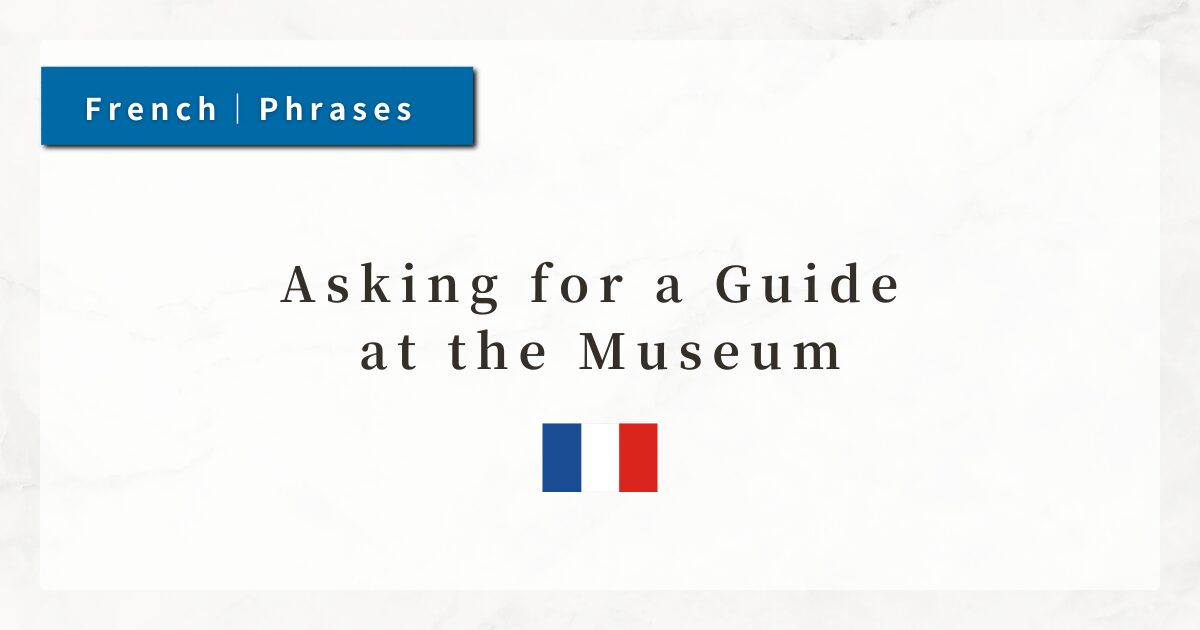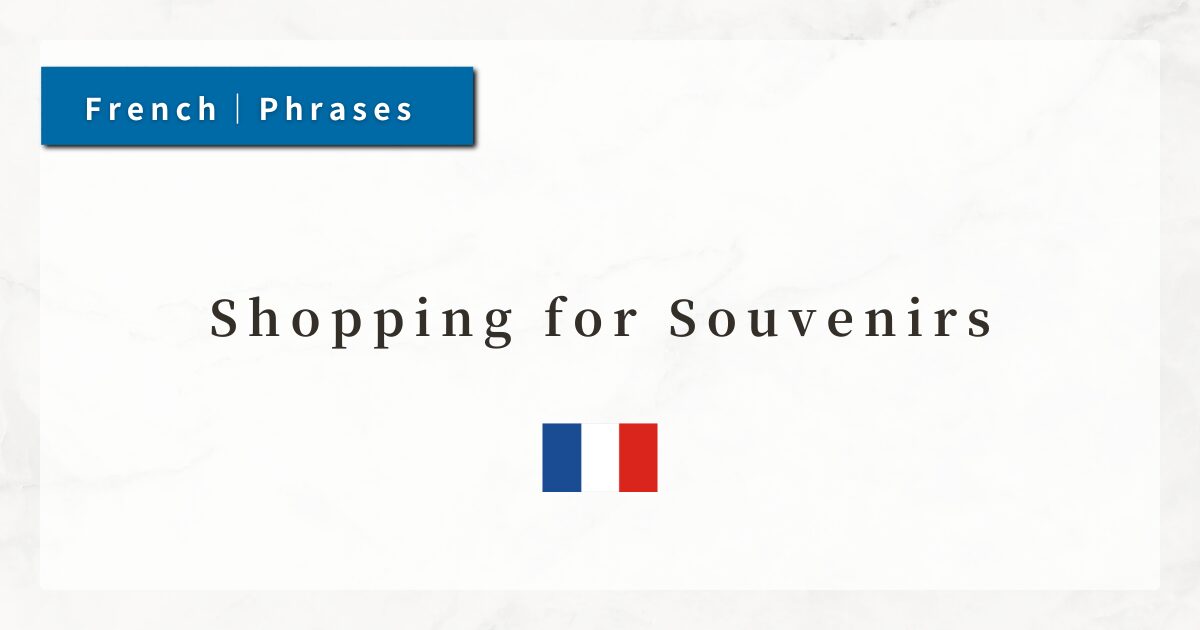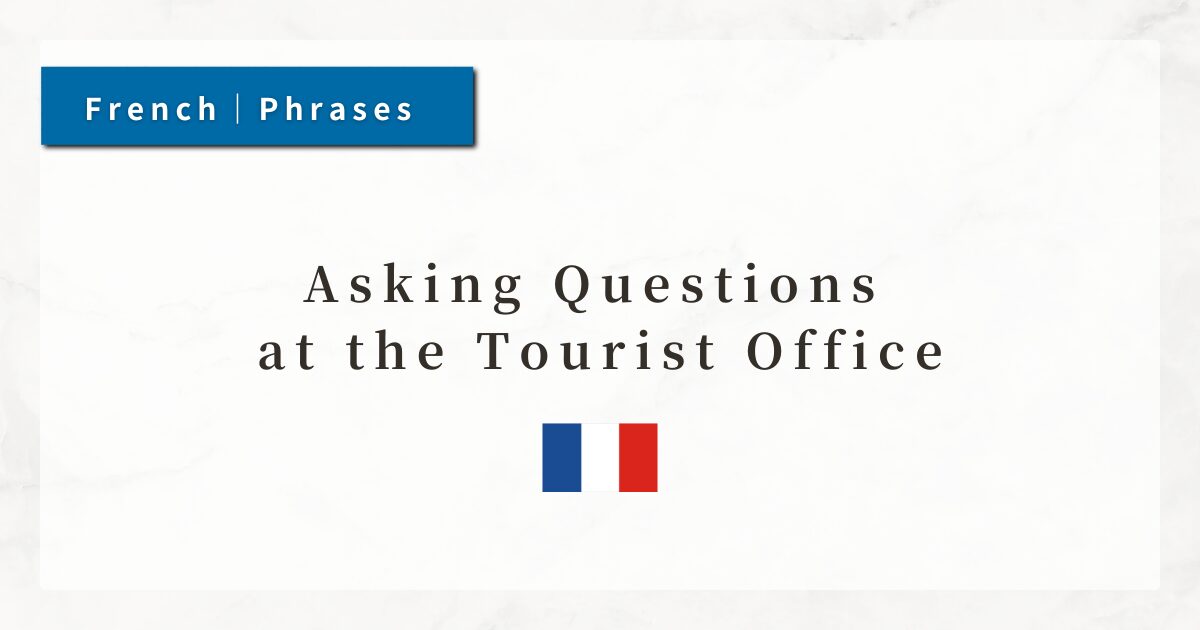#12 How to Talk About Travel Memories|French Conversation Expressions

After returning from a trip, it is common to have conversations with friends or colleagues such as “Where did you go?” or “What did you do?”
Being able to share your experiences and memories naturally in French will enrich your communication.
In this lesson, you will learn phrases to talk about your travel destination, who you went with, and what you did.
Dialogue

Tu es parti en vacances cet été ?
(Have you gone on vacation this summer?)

Oui, je suis allé à Paris avec ma sœur.
(Yes, I went to Paris with my sister.)

Super ! C’était la première fois ?
(Great! Was it your first time?)

Non, j’y suis déjà allé une fois, mais cette fois, on est restés plus longtemps.
(No, I had been there once before, but this time we stayed longer.)

Qu’est-ce que vous avez fait là-bas ?
(What did you do there?)

On a visité la tour Eiffel, le Louvre, et on a beaucoup marché dans la ville.
(We visited the Eiffel Tower, the Louvre, and walked a lot around the city.)
1. Basics of the Passé Composé
When talking about travel, you often need to describe completed actions such as “went,” “saw,” or “visited.” For this, French uses the passé composé.
【Passé composé】auxiliary verb (avoir / être) + past participle
Most verbs use avoir as the auxiliary. Verbs of movement or change of state (aller, venir, partir, rester, etc.) use être.
When être is used, the past participle must agree with the subject in gender and number:
- Je suis allé
→ masculine - Je suis allée
→ feminine - Nous sommes allés
→masculine or mixed group - Elles sont allées
→ feminine plural
2. The Neuter Pronoun y
The pronoun y replaces “à + place” and means “there.” It is placed before the verb. In the passé composé, it is placed before the auxiliary verb.
- Je vais à Paris.
→ J’y vais. (I am going there.) - Je suis allé à Paris.
→ J’y suis allé. (I went there.)
Point: y replaces complements introduced with “à.” For complements with “de,” use “en” instead.
3. The Verb visiter in Tourism Contexts
The verb visiter means “to visit” or “to tour” and is a transitive verb. Its objects are usually buildings, facilities, landmarks, or places.
Important: visiter is not used for people. To say “visit a person,” use “rendre visite à quelqu’un.”
Summary
- Je suis allé(e) à Paris.
→ Pay attention to past participle agreement with être. - J’y suis déjà allé une fois.
→ A standard way to express past experience (“I’ve already been there once”). - On est restés plus longtemps.
→ With on, the past participle must be plural. - On a visité la tour Eiffel.
→ Use visiter for tourist attractions. - Qu’est-ce que vous avez fait là-bas ?
→ A useful phrase to ask about someone’s experience: “What did you do there?”




